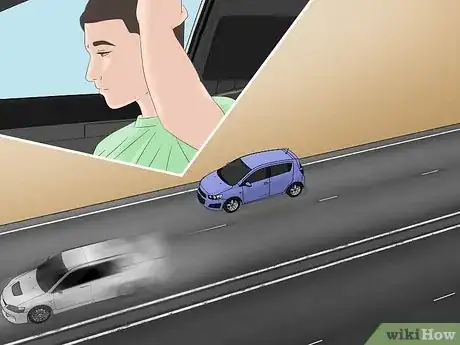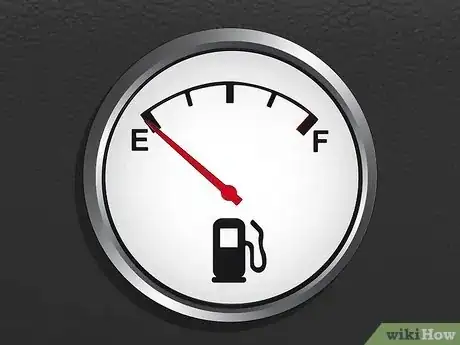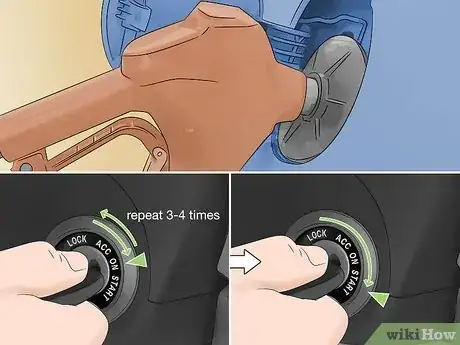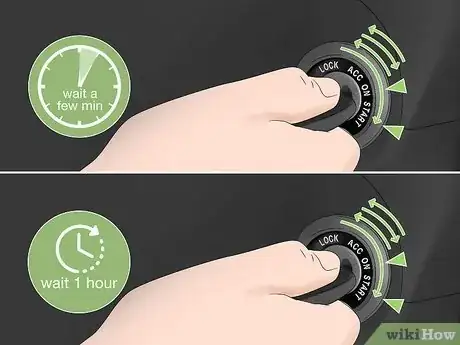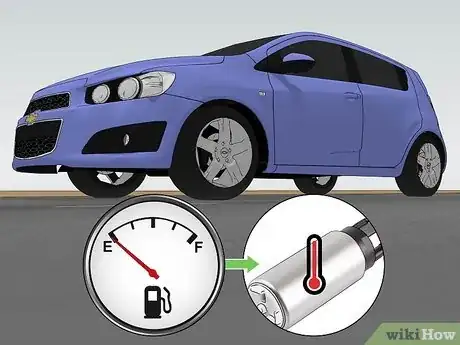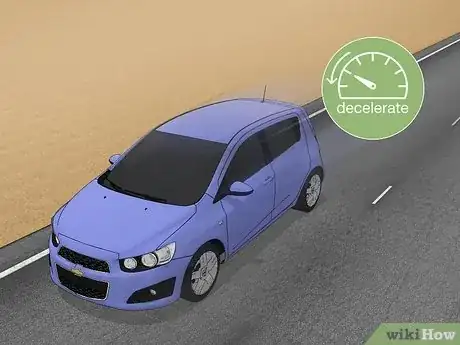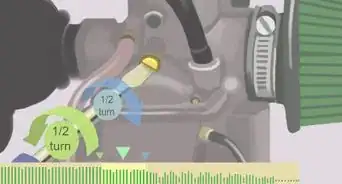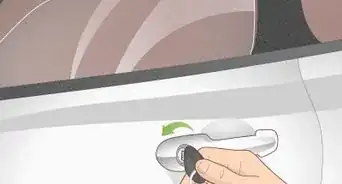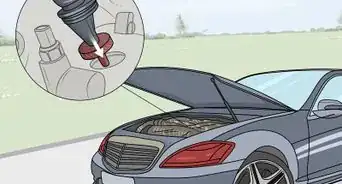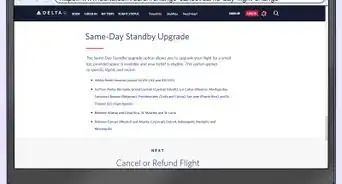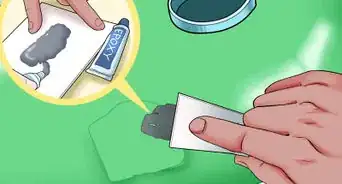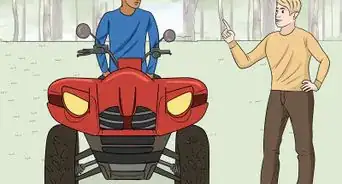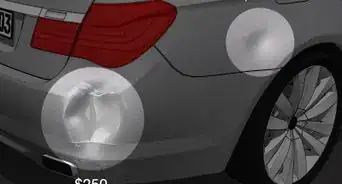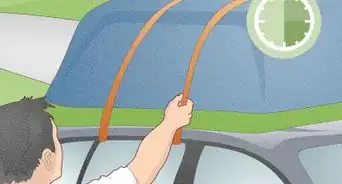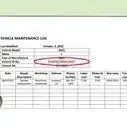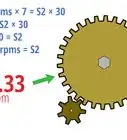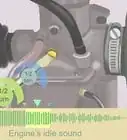This article was co-authored by wikiHow Staff. Our trained team of editors and researchers validate articles for accuracy and comprehensiveness. wikiHow's Content Management Team carefully monitors the work from our editorial staff to ensure that each article is backed by trusted research and meets our high quality standards.
There are 15 references cited in this article, which can be found at the bottom of the page.
This article has been viewed 5,895 times.
Learn more...
You’re driving down a busy road. The sun is shining, your windows are down, and it’s the perfect afternoon… until you notice your car is acting weird and you’re running out of gas! It’s a common situation that can be extremely stressful if you don’t know what to do. Do you pull over? Do you call for help? What do you even do if you run out of gas? Luckily, getting help is easy, even if you aren’t near a gas station. Keep reading to figure out what happens (and what to do) when you run out of gas.
Things You Should Know
- When your car runs out of gas, you lose control of your braking and steering. Soon after, your vehicle will stall because there isn't enough fuel to power your engine.
- Once there's no gas available, your vehicle will abruptly stop, and the fuel gauge on your dashboard will read empty.
- If you're running out of gas while driving, pull over to the right side of the road and turn on your hazard lights. Verify your location and request help from a roadside assistance service.
Steps
Getting Help
-
1Find a safe parking spot until you can refill your gas tank. If you're driving on the highway, turn on your hazard lights to warn other drivers. Pull over to the right side of the road and park on the shoulder if possible.[5]
- If your car stalls in the middle of the road, immediately turn on your hazard lights and shift your gear into Neutral. If possible, coast your vehicle to the side of the road then try to restart your engine. Stay in your car if your engine doesn’t start and call the police for help.[6]
- Even if you’re not on the highway, you should still pull over and turn on your hazard lights. Don’t risk trying to drive a little further to reach a gas station–your car may stall in the middle of the road!
-
2Determine your location to receive help for your vehicle. Use your phone or car’s GPS to quickly identify your location.[7] If you don’t have service, look at road signs or nearby buildings to determine the general area of where you are.
-
3Request roadside assistance or call your car insurance company. If you have a roadside assistance membership (like AAA Road Service) or a program through your car insurance company, give them a call to request for help. They will bring you enough gas to get you to the nearest gas station or tow your car.[8]
- If you don’t have insurance or a membership, most states have emergency highway response systems that provide assistance for free–find their phone number on your local department of traffic (DOT) website.[9]
- If you don’t have cell service, flag down someone on the road. Ask them to bring you gas or make a phone call for you. Use your best judgment when approaching strangers, and be cautious if someone insists on giving you a free ride!
- Alternatively, have a friend or family member bring you gas or call roadside assistance on your behalf. If all else fails, walk to a nearby gas station and bring gas back to your car.
-
4Refill your gas tank and restart your car. After refueling, you may have to pump your gas pedal a few times (with the car off) to get the new gas flowing to your engine. Insert your key into the ignition and turn it to the ‘on’ position (without starting your engine). Repeat 3-4 times before turning the key all the way to restart the car.[10]
- If your car doesn’t restart on the first attempt, wait a few minutes and try again. After 5 attempts, wait an hour before trying again or contact a towing service to take your car to the auto shop of your choice.[11]
References
- ↑ https://youtu.be/bWK67tpo13c?t=197
- ↑ https://youtu.be/bWK67tpo13c?t=186
- ↑ https://youtu.be/bWK67tpo13c?t=192
- ↑ https://driversed.com/trending/what-do-if-you-run-out-gas
- ↑ https://driversed.com/trending/what-do-if-you-run-out-gas
- ↑ https://www.consumerreports.org/car-maintenance/what-to-do-when-your-car-stalls
- ↑ https://driversed.com/trending/what-do-if-you-run-out-gas
- ↑ https://driversed.com/trending/what-do-if-you-run-out-gas
- ↑ https://www.txdot.gov/about/programs/highway-roadside-assistance.html
- ↑ https://youtu.be/GcmGRl358r8?t=26
- ↑ https://youtu.be/GcmGRl358r8?t=42
- ↑ https://youtu.be/WWDFAPXsk9s?t=167
- ↑ https://youtu.be/WWDFAPXsk9s?t=330
- ↑ https://youtu.be/WWDFAPXsk9s?t=245
- ↑ https://www.consumeraffairs.com/automotive/how-much-does-it-cost-to-replace-a-fuel-pump.html
- ↑ https://youtu.be/WWDFAPXsk9s?t=85
- ↑ https://youtu.be/WWDFAPXsk9s?t=104
- ↑ https://www.dps.texas.gov/section/vehicle-inspection/vehicle-inspection-program-overview
